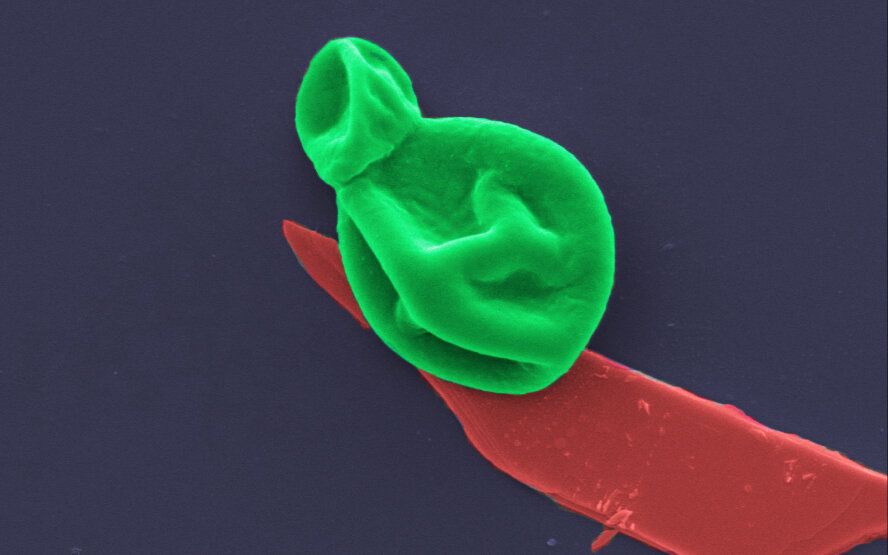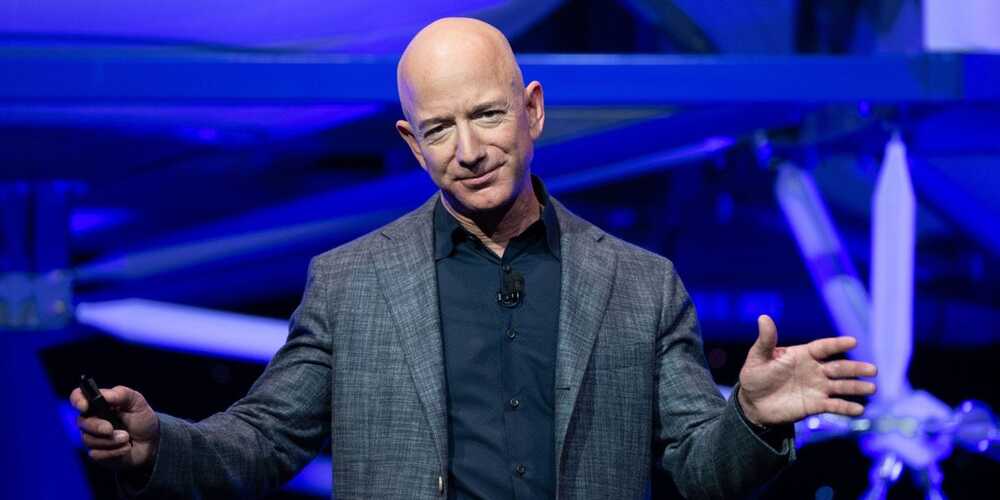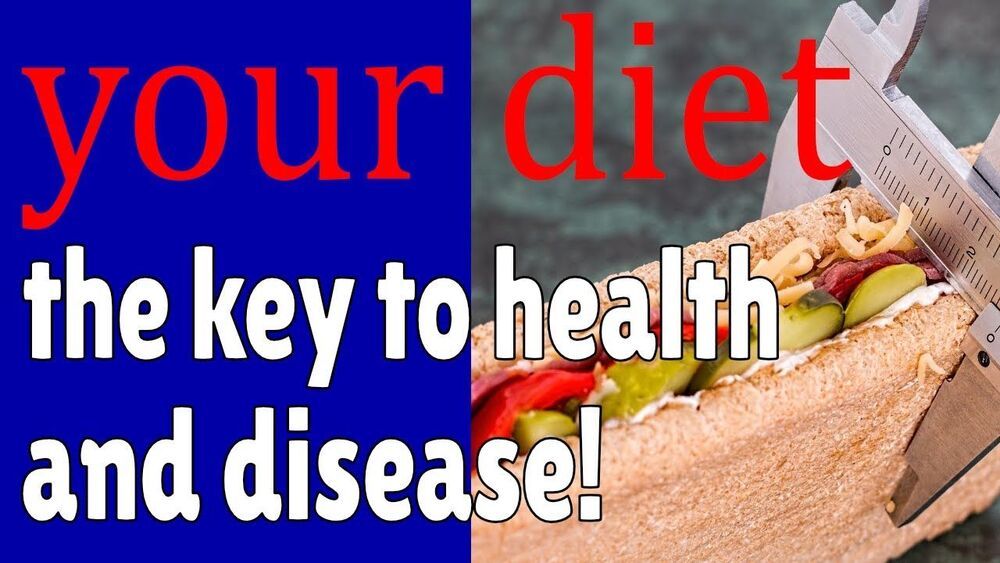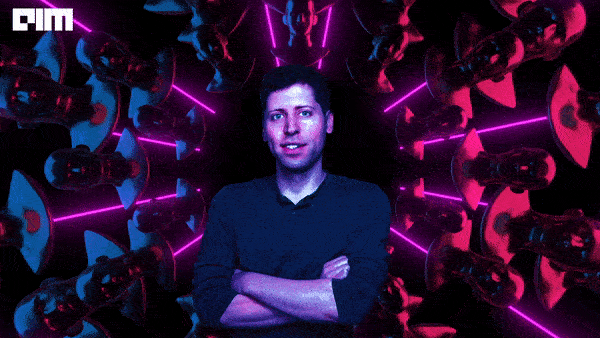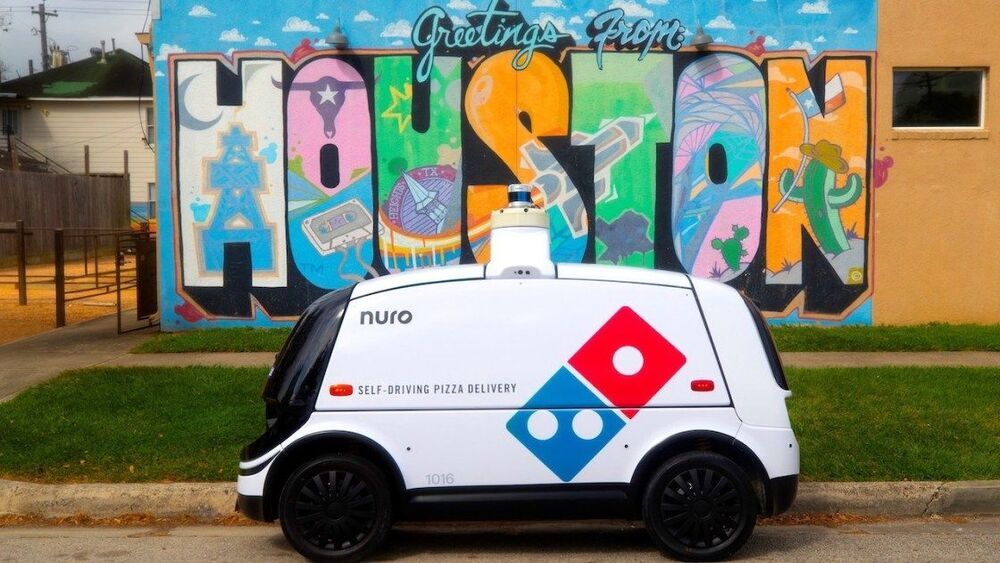Apr 14, 2021
Superbug killer: New nanotech destroys bacteria and fungal cells
Posted by Jason Blain in categories: biotech/medical, nanotechnology
The material is one of the thinnest antimicrobial coatings developed to date and is effective against a broad range of drug-resistant bacteria and fungal cells, while leaving human cells unharmed.
Importantly, the BP also began to self-degrade in that time and was entirely disintegrated within 24 hours—an important feature that shows the material would not accumulate in the body.
The laboratory study identified the optimum levels of BP that have a deadly antimicrobial effect while leaving human cells healthy and whole.
Continue reading “Superbug killer: New nanotech destroys bacteria and fungal cells” »
